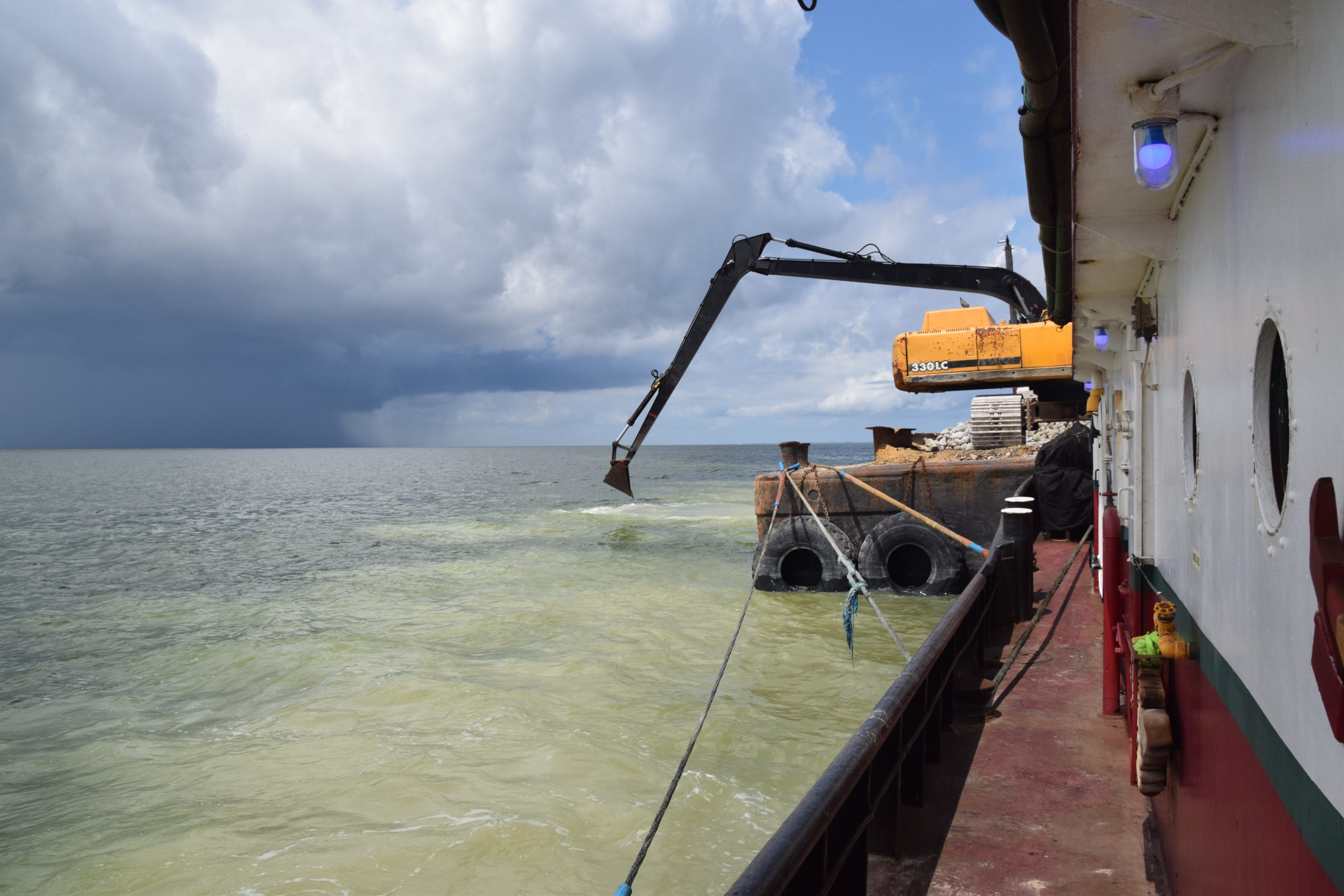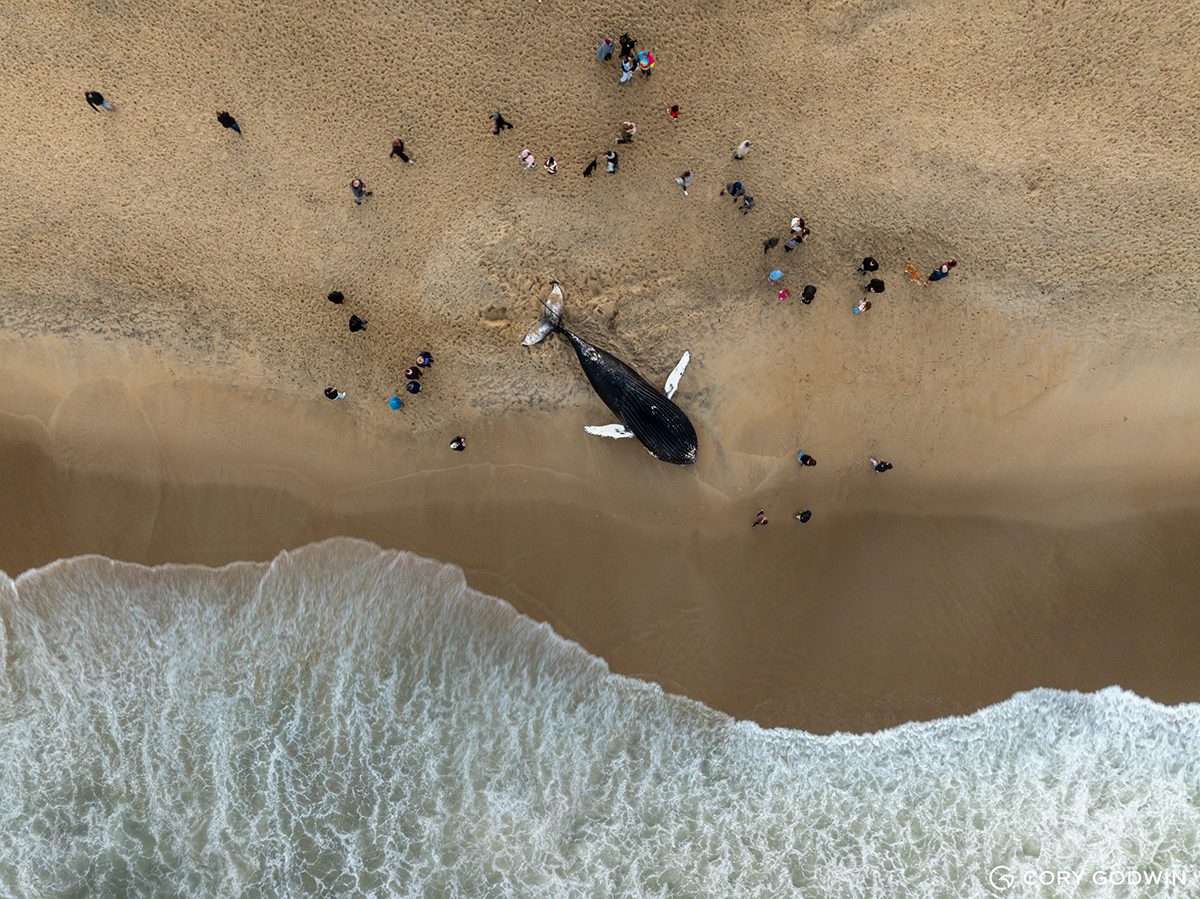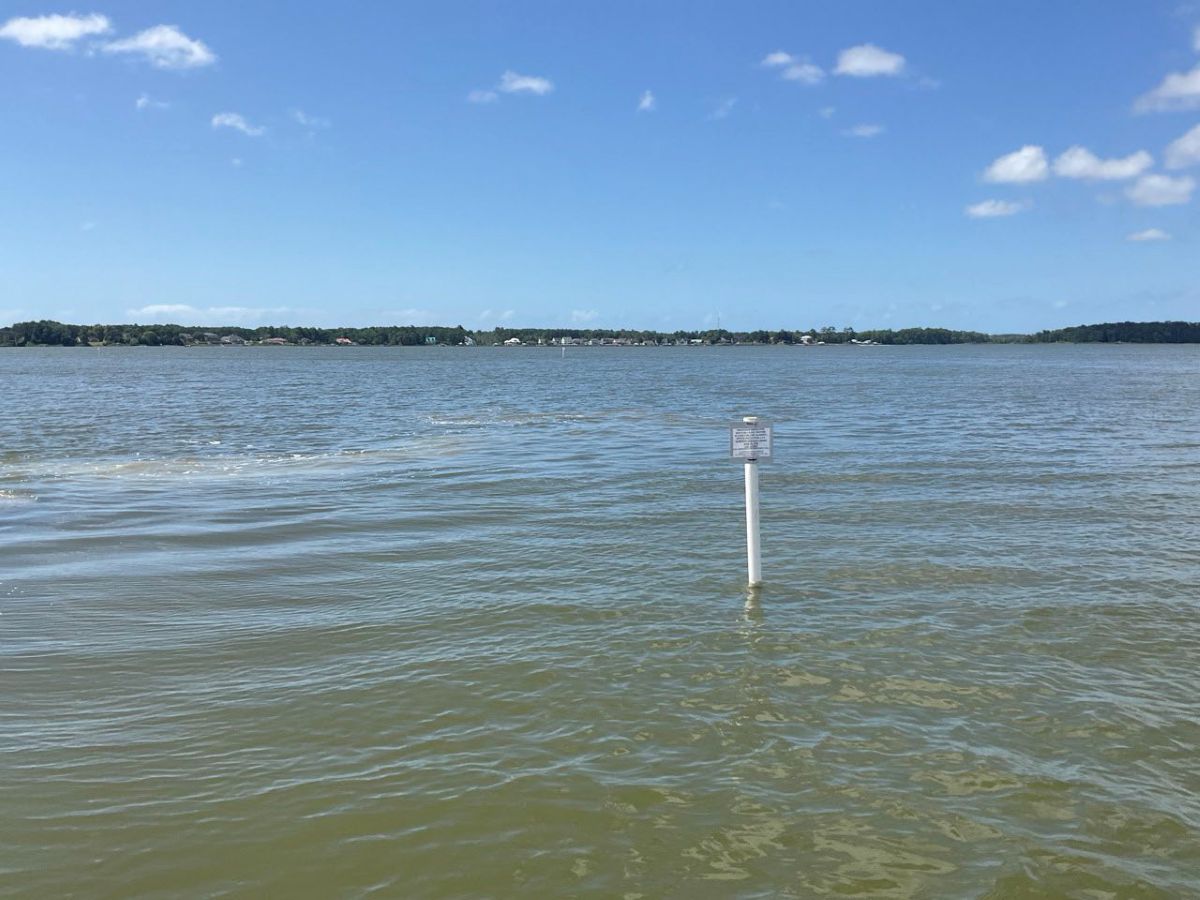
Two legislators from coastal districts voiced support this week for the latest step in an ongoing effort to boost the state’s oyster population and promote the environmental and economic benefits they provide.
The fourth edition of the North Carolina Oyster Blueprint 2021-25, a long-term plan that has been in the works for nearly 20 years to advance restoration, protection and harvesting of oysters, was launched Tuesday during a media briefing hosted by the North Carolina Coastal Federation and various nonprofits, universities and state agencies involved in the effort.
Supporter Spotlight
Wild oyster populations have declined over the last century because of overharvesting, poor water quality, natural disasters, predation and disease, reflecting the global loss of about 85% of oyster reefs, according to the federation. Restoring oyster populations – the goal of the blueprint — will benefit water quality, habitat, the commercial oyster industry and offer shoreline protection from storms.
Speaking during the online briefing Tuesday, Sen. Norm Sanderson, R-Pamlico, praised the work on the latest edition of the blueprint first released in 2003.

“I think the future for (oysters) is limitless,” Sanderson said, adding that, mile for mile, there is no other state on the East Coast that has the availability of waters suitable for the work.
The plan will not only touch the lives of those who enjoy eating oysters but it also would contribute to economic growth for North Carolina’s coastal areas and improve water quality, Sanderson said. Without clean water, tourism and commercial and recreational fishing would suffer.
Sanderson explained that before the media briefing Tuesday morning, he attended a second meeting with senior appropriations chairs. He relayed that “four or five things that we have for this industry are still in the budget, and they’re still on the way to being funded for this coming year. And guess what? We followed the blueprint.”
Sanderson explained that the federation took the blueprint and said, “this is what we need to do next to further this industry, and that’s exactly what we followed.”
Supporter Spotlight
Other coastal legislators agreed.
“We’ve known for some time that oysters can be a big win for our environment and our coastal economy,” Rep. Pat McElraft, R-Carteret, said in a statement. “The Blueprint is a great map for us to follow to build on the success we have already achieved with oysters in North Carolina.”
Federation Executive Director Todd Miller, speaking Tuesday during the briefing, compared the blueprint to headlights on a car.
“Just like you won’t drive a car at night without your headlights on, I think this blueprint is really our headlights in terms of where we want to go,” Miller said. “It identifies the future paths and routes that we need to take in order to make sure that oysters maintain their productivity and restore them to their potential in coastal North Carolina.”

Since 2003, there’s been a tenfold increase in financial resources supporting oyster management and restoration work in the state, in large part because many are working together.
Around 450 acres of oyster habitat, particularly sanctuaries in Pamlico Sound, have been restored since 2003, and supports an estimated half billion or more oysters. Miller called it a “tremendous resource” that keeps coastal waters productive for oysters.
There’s also been “tremendous growth in the shellfish farming industry,” Miller said. When work on the blueprint began, the estimated value of the industry in North Carolina was about $250,000 but is now about $5 million or more, and the number of shellfish farms on the coast has grown by a factor of 10.
Coupled with this boost to the economy, there’s been advances in terms of water quality protection, namely using the landscape to manage stormwater runoff, “so that we don’t see the water quality impacts of land uses adjacent to our important shellfish growing areas,” Miller said.
Erin Fleckenstein, coastal scientist and regional manager with the federation, leads the blueprint effort. The new edition focuses on eight key strategies, which are broken down into four themes. Each of those strategies has a series of actions that are put forward to be implemented, she said Tuesday.
The strategies are to protect water quality and oyster habitat through oyster sanctuaries; restore oyster habitat through living shorelines and through recycling for reefs; allow for harvest opportunities through cultch planting, wild harvest and shellfish aquaculture; and educate and engage the public.
“When we talk about oysters, we can’t get away from talking about water quality and the importance of water quality,” she said. “Pristine waters are critical to the oyster growth and habitat, as well as making sure oysters are safe for human consumption when they’re harvested. Keeping our waters clean and restoring water quality wherever possible, is one of the real major tenants of the Oyster Blueprint.”
Fleckenstein said the efforts during the next five years include developing watershed restoration plans for Stump Sound and the Newport River.
The five-year goal for the oyster sanctuary program is to establish sufficient acreage of protected oyster reefs to support the desired ecosystem services of water quality, fish habitat and oyster population.
“To move toward that goal, we will be working to build 100 acres of new sanctuary habitat by 2025,” she said. “We have funding in hand and a partnership in place with the state Division Marine Fisheries to move forward with constructing new sanctuary habitat this year.”
Over the next five years, partners in the effort will look at the feasibility of a protected reef structure in the southern waters of the state, and there are plans to build at least 3 miles of protected living shorelines by 2025. Living shorelines are structures that help guard against erosion while creating coastal habitats such as marshes and oyster reefs.

Fleckenstein said that shell recycling, which has been an important part of the blueprint, has been elevated to a standalone strategy because of the need. Oyster shell is a valuable resource in North Carolina and is used in numerous restoration activities.
“The recycled shell can be used as substrate to grow new oyster habitat,” she said. “In the next five years we’re going to be working with partners to create a cohesive strategy for collecting and recycling oyster shell, providing at least 5% of the material that’s needed in restoration activities. This translates to about 15,000 bushels of shell that we’d like to collect annually.”
The shell is to be placed in priority reef locations and the goal is to build at least 20 acres of new oyster habitat with the collected shell in the next five years.
Another key strategy is to replenish wild stock of oysters and allow for harvest opportunities through cultch planting, which the Division of Marine Fisheries has been doing since 1915. Cultch is limestone marl, concrete, shell or other materials that could be used to grow, attract and restore habitat. The shell is placed in a strategic place and left to create a substrate to attract oysters.
“In the next five years, we want to continue using cultch planting as a strategy to replenish our wild stock and allow for commercial harvest and each year we want to plant a minimum of 40 acres of harvestable reefs throughout the state, so that would result in about 200 acres of reef habitat,” Fleckenstein said. Adding they plan to look at the state’s current cultch program to make sure that its maximizing its benefits and return in investment.
Ensuring the sustainable wild harvest of oyster population is another key strategy.
Wild harvest is critical to the coastal economy and heritage efforts to refine harvest-management strategies through the state’s fisheries management plan. Efforts to secure adequate resources for management and restoration will help to ensure that wild harvest can continue in a sustainable manner.
“Currently we do not have a state stock assessment of our oyster population. So, refining that science and monitoring in the next five years is really critical to completing a stock assessment of our population to assist in our management activity,” she said.
With shellfish aquaculture, a major goal was set out in 2018 through the North Carolina Strategic Plan For Shellfish Mariculture: A Vision To 2030 to grow the industry to $100 million by 2030. The plan was developed by a multi-stakeholder group to grow the industry in a sustainable way.
The blueprint supports this goal and calls out an interim goal of $45 million by 2025, she said.
“Currently, the aquaculture industry is estimated to be between $5 and $6 million here in the state of North Carolina, so we’d like to see that grow to $45 million in the next five years. To do that, we’d like to provide support, both economically and educationally, for new and existing growers.”







